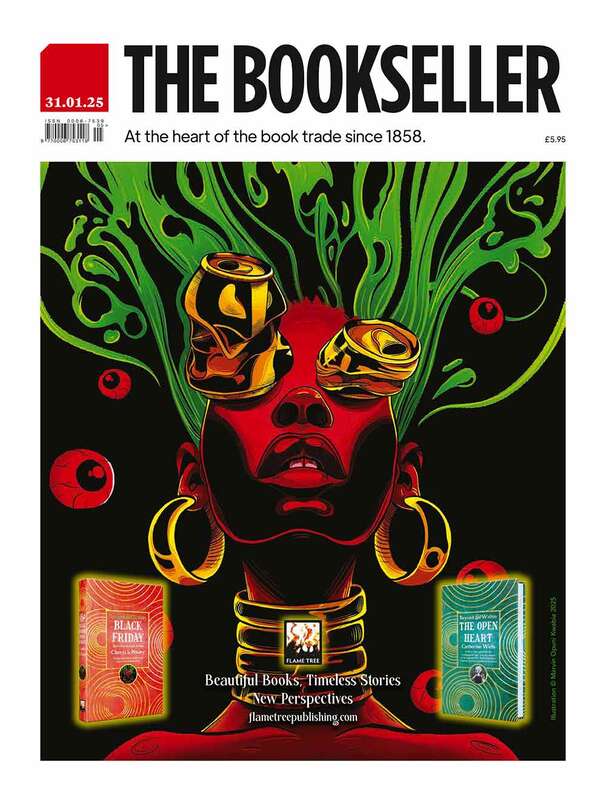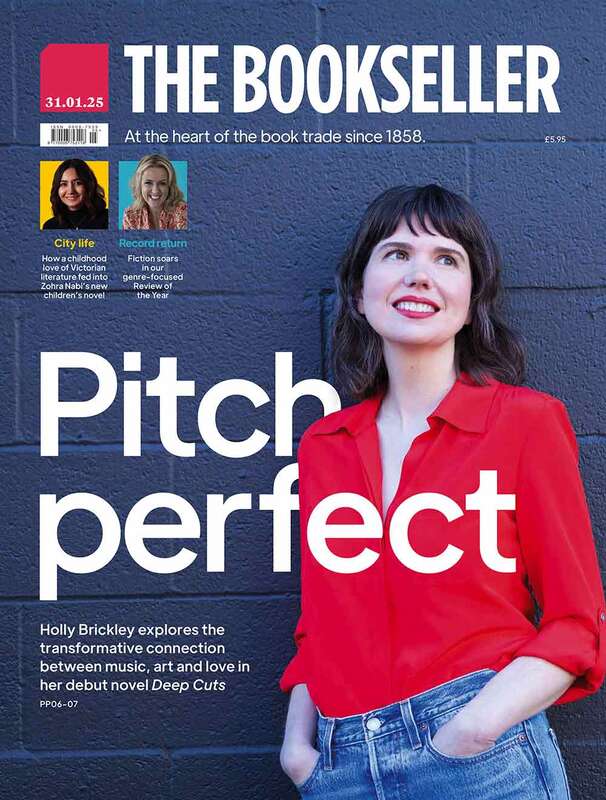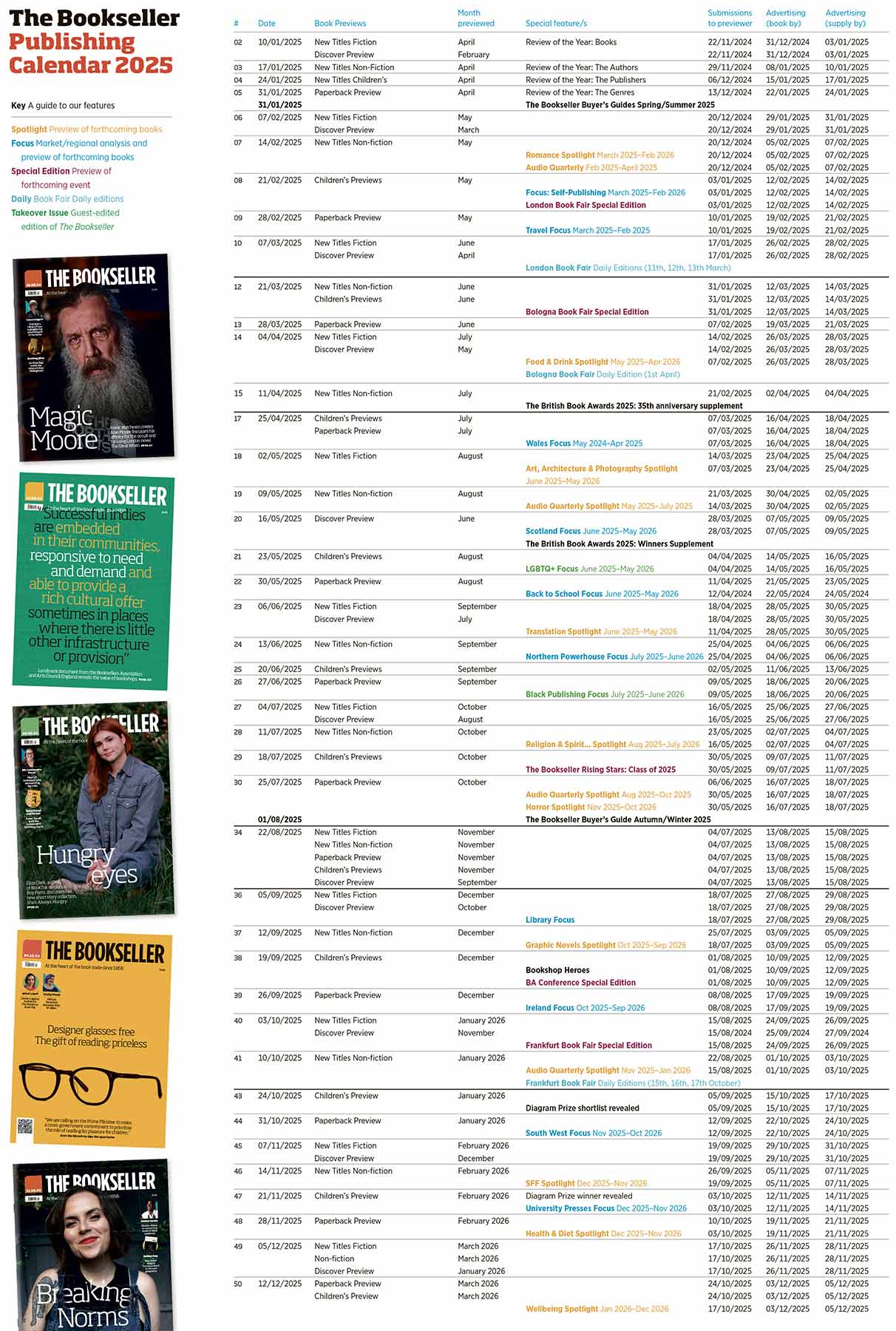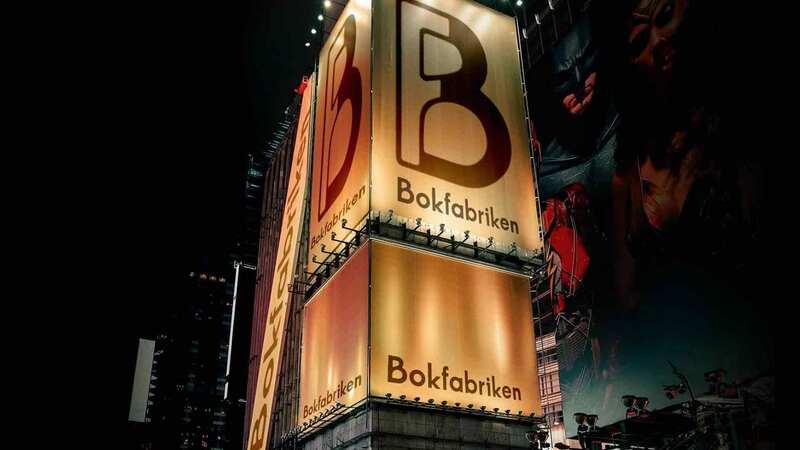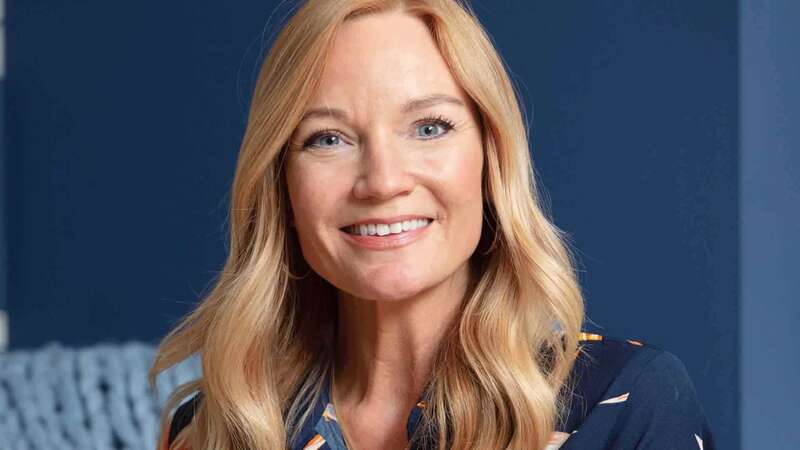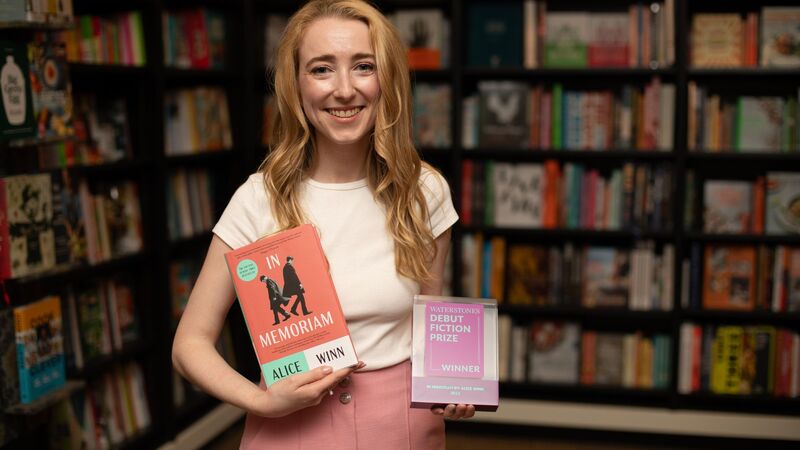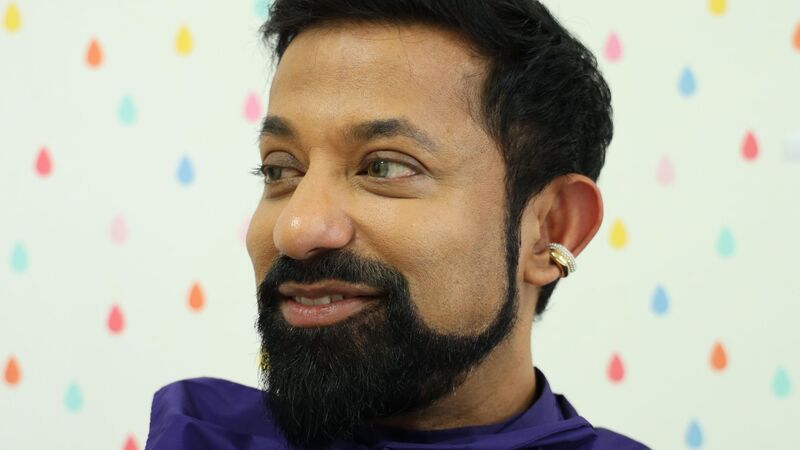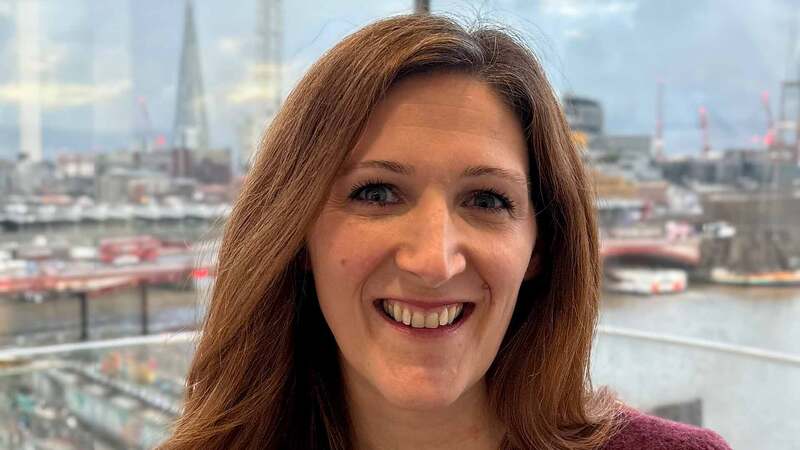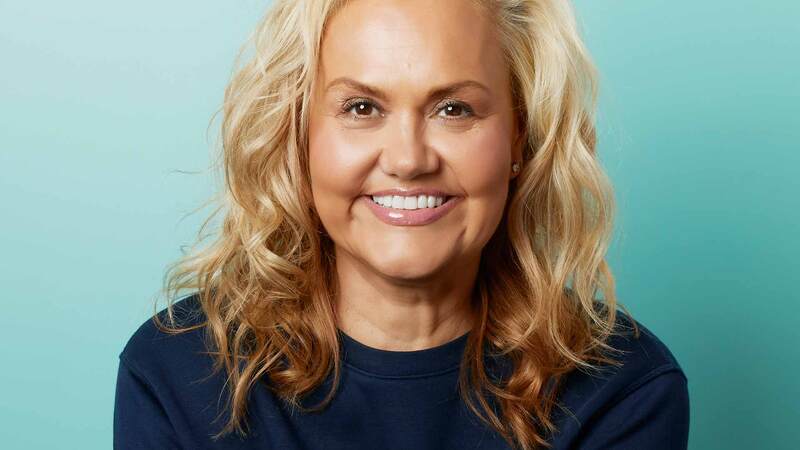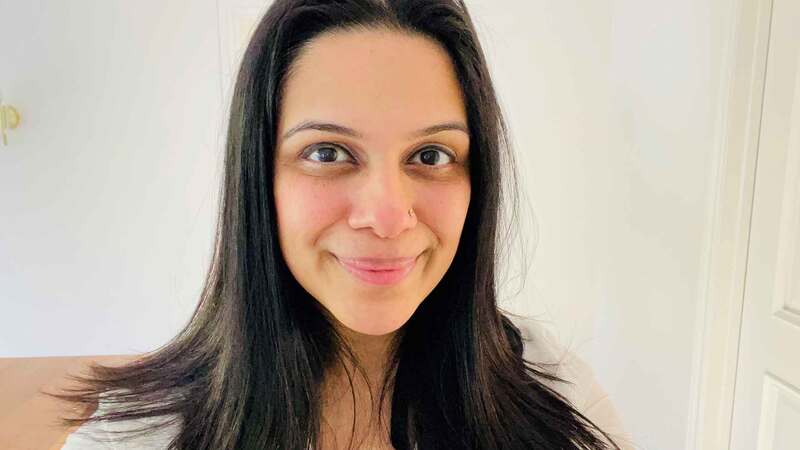You are viewing your 1 free article this month. Login to read more articles.
Accessibility is still a 'challenge' for publishers
Publishers need to work more closely with charities to ensure a greater number of books are published in fully accessible formats, the Royal National Institute of Blind People (RNIB) has said.
The increase in audiobook platforms has led to a surge in the number of audiobooks produced, but currently only 7% of books published are fully accessible to people who are blind, partially sighted or reading impaired, according to the charity.
Clive Gardiner, RNIB’s head of reading services, said: “We want to work with publishers to get more content, to more people, more quickly. When it comes to accessibility, the areas of weakness are still the overall volume of content and timing. Simultaneous release is something that is very important to us; blind or partially sighted people [have to wait] typically six to nine months to read something their sighted friends have already read.”
Publishers told The Bookseller they were making more of their lists available as audiobooks, simultaneously with general releases.
Orion audio publisher Pandora White said: “In the past, publishers have always been quite selective about what audio they published. I think things have changed dramatically in the past few years. I am now gearing myself to publish 80% or 90% of Orion’s list, so there is a lot more accessibility of titles.”
Clare Harington, communications director at Hachette, said the publisher was “absolutely committed” to working with charities to make their books available to visually impaired readers.
But Gardiner said audiobooks may not be fully accessible in and of themselves, with enhancements and special features required to make them so. The RNIB’s biggest audiobook offer is Talking Books, with 35,000 users, which sends out CDs and USBs in Daisy (Digital Accessible Information System) format.
Daisy audiobooks are enhanced—with functionality including bookmarking—and some contain text and graphics to make them more accessible. The RNIB produces Daisy formats itself, either from scratch or using audio files which publishers provide it with.
David Brawn, publishing director of estates at HarperCollins, which recently released Sophie Hannah’s Agatha Christie novel The Monogram Murders in accessible formats simultaneously [see right], said: “There are practical considerations which mean accessible editions are not produced as quickly as people would like. It needs a long run-up to do it, and lots of preparation. I think the real issue is awareness—if we could alert the RNIB ahead of time about what the big books in our schedule are, and work together, we could develop how we approach titles.”
The latest version of ePub, the universal e-book format, will help with accessibility when it comes to e-books. Publishers can use ePub3 to deliver mainstream commercial e-books, as well as accessible ones for print-impaired readers.
The technology can be used to create greater navigation on e-books—like that available on Daisy—and tools include the ability to add text descriptions to images.
However, Gardiner said some publishers have been slow to engage with ePub3: “When it comes to decisions about ePub3, some want to do it, some don’t. Publishers generally are very supportive. The Publishers Association is great, but accessibility is a challenge for publishers, because it includes anyone that is print disabled . . . we want to work with them and help them to increase accessibility—we cannot do it alone.”
Accessible reading: what's new?
New initiatives around accessible books have been introduced by publishers and charities this autumn.
The RNIB intends its freshly launched digital download library service RNIB Overdrive to act as a bridge to mainstream audio platforms. RNIB Overdrive only handles audiobooks, but the charity offers online, telephone and in-person support to users. “The technical experience is the same [as other audio platforms],” said Clive Gardiner, the RNIB’s head of reading services, “but the customer experience is different.”
SAGE this week extended a partnership with Load2Learn, delivered by the RNIB and Dyslexia Action, to make 2,000 of its titles available in an accessible format to all registered users of the free service. Load2Learn enables learners who cannot read standard print to read the same books at the same time as their classmates. SAGE is the first publisher to “proactively provide its files in bulk, and it is our largest provider of accessible books to date”, said Jennie Short, the RNIB’s reading services product manager for Load2Learn.
HarperCollins’ Agatha Christie continuation novel The Monogram Murders, by Sophie Hannah, was released in accessible formats simultaneously upon its general release. David Brawn, HC publishing director of estates, said: “The estate was very keen that it would be available as soon as possible and as widely as possible, because Christie has such a following around the world. Because we were having it translated into different languages, we had the files ready to turn them into accessible versions too—I almost didn’t realise that this wasn’t the case for all books.” He added: “There’s such a market out there for books in accessible formats. Where we can, we will certainly look to do more of it.”
Frances Lincoln has used Braille before, and will next year issue Edward Ardizonne’s Little Tim series with QR codes that link to audio recordings by Stephen Fry. Publisher Rachel Williams said: “QR codes are interesting because 65% of people have smartphones, so it makes the recording completely accessible. It’s an economic way of making audio accessible.”

